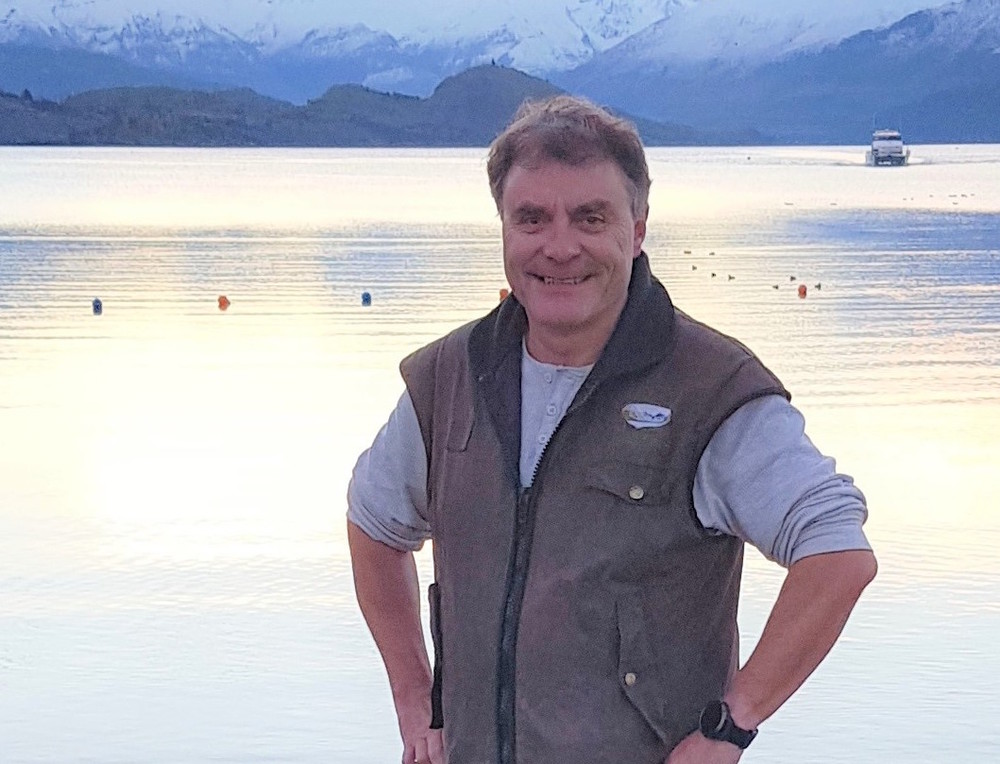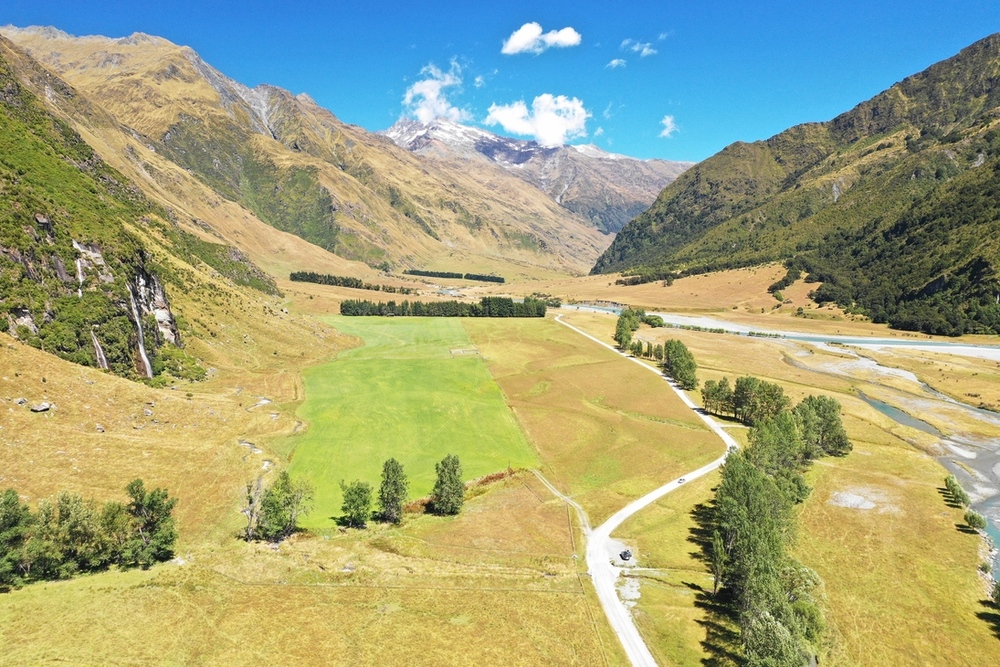Wanaka farmers prepared for ‘daunting’ new regulations (4min read)
Sue Wards
26 August 2020, 6:10 PM
 Grant Ruddenklau says the new rules are challenging but in most cases achievable. PHOTO: Wanaka App
Grant Ruddenklau says the new rules are challenging but in most cases achievable. PHOTO: Wanaka AppWanaka farmers are preparing for major changes in freshwater regulations, described as “daunting” by a consultant working with a local farmers’ group.
Climate Change Minister James Shaw said the new regulations, part of the government’s commitment to clean up waterways, were the strongest protections a government has ever put in place for waterways.
The measures include putting controls on high risk farm practices such as winter grazing and feed lots; setting stricter controls on nitrogen pollution and new bottom lines on other measures of waterway health; and requiring mandatory and enforceable farm environment plans.
James called the new policies “clear, robust and enforceable”, but some farmers have a different view. Southland Federated Farmers president Geoffrey Young has called on farmers to boycott some of the new rules, which he says are “unworkable”.

Chris Arbuckle says the rules provide an opportunity for farming to benefit. PHOTO: Supplied
“There are quite a few things we need to review and try to understand,” Lake Hāwea catchment group member Richard Burdon said.
“It’s an interesting time, we want to still carry on farming productively and sustainably. We’re all keen to manage our land for the next generation and leave it in a healthier state than we inherited it.”

The regulations include controls on winter grazing, pictured here in the Cardrona Valley. PHOTO: Geoff Reid
Some of the Lake Hāwea group members have been involved with farm environment plans for some time, and have active programmes underway, including fencing waterways, riparian planting, and nutrient budgets.
“We are concerned that some of the objectives of the new bill are not entirely practical when you live in a high country environment,” Richard said.
The Lake Hāwea group has looked at a number of issues together and sought expert advice from within the community, for example from greenhouse gas estimation expert Dr Carly Green.

One outcome of the Wanaka Catchment Group’s farm plans is this wetland area reinstated on Mt Aspiring Station to intercept run-off from more intensively grazed and winter fodder crop paddocks. PHOTO: Supplied
There are also catchment groups in Hāwea Flat, Cardrona, and Luggate. The Wanaka Catchment Group (WCG) comprises 15 large properties which drain into Lake Wānaka.
Chris Arbuckle of Aspiring Environmental has been working with 90 per cent of the Lake Wānaka catchment farmers on a combined approach to catchment management since 2016.
He has some concerns about how the new regulations may be rolled out, and has proposed to the Otago Regional Council (ORC) that the WCG be used as a test case for how the rules roll out.
“I see an opportunity there for farmers to get together and come up with a template approach.”
Chris said the WCG had already implemented farm plans and nutrient budgets that address many of the new policy requirements.
The WCG already has winter grazing plans to fit the requirements, and while the requirement to apply for consents for winter grazing may be tricky, it won’t be “horrific”, Chris said.
“The cost of the consent process is very high but generally only gets high when people don’t do due diligence on what they’re applying to council for.”
One area of concern is the government’s classification of low slope land and the requirement for such land to be fenced. It could mean properties in the high country environment, such as Mt Aspiring Station, would require millions of dollars worth of fencing, Chris said.
Randall Aspinall of Mt Aspiring Station said under the current iteration of the regulations some areas with very low stocking rates and hard bottomed streams would need to be fenced, despite water tests being unable to measure any impact from stock access. However, across the road cultivated paddocks with much higher stocking rates (where Randall has budgeted to progressively fence the sensitive, soft bottomed streams running through them) do not have to be fenced.
“This doesn’t make sense, and poorly written rules may force us into spending our fencing budget to meet the rules rather than to provide environmental gain,” Randall said.
WCG chair Grant Ruddenklau said with Chris’s advice the group will find a way through the management changes on an individual property basis.
“It’s challenging but perhaps in most cases achievable. We have the ability with such a dynamic group to be able to share real on-farm difficulties back to policy makers, through Chris’s contacts.”
Chris points to examples where the WCG has already faced ORC policy constraints by identifying opportunities and making their farms more profitable, while working towards more stringent nitrate controls than elsewhere in New Zealand.
“These things are daunting, but this is one of those moments. This is an opportunity for farming to look to benefit from these rules, not ‘jump on your tractor with a pitch fork and a torch’. Farming in New Zealand has to become more culturally, environmentally and economically cohesive for it to underpin our values for freshwater and add further value to our primary products,” he said.
When environment minister David Parker announced a $700M fund to help with freshwater clean-up efforts in May, he said: “People visit New Zealand because of our clean green image; it’s how we market ourselves to the world.”
“But for too long we have put our reputation at risk as our waterways became more and more polluted. This package is a long overdue investment in our tourism brand and international reputation.”
RELATED: Wanaka App long-form: Farmers’ group committed to water quality





